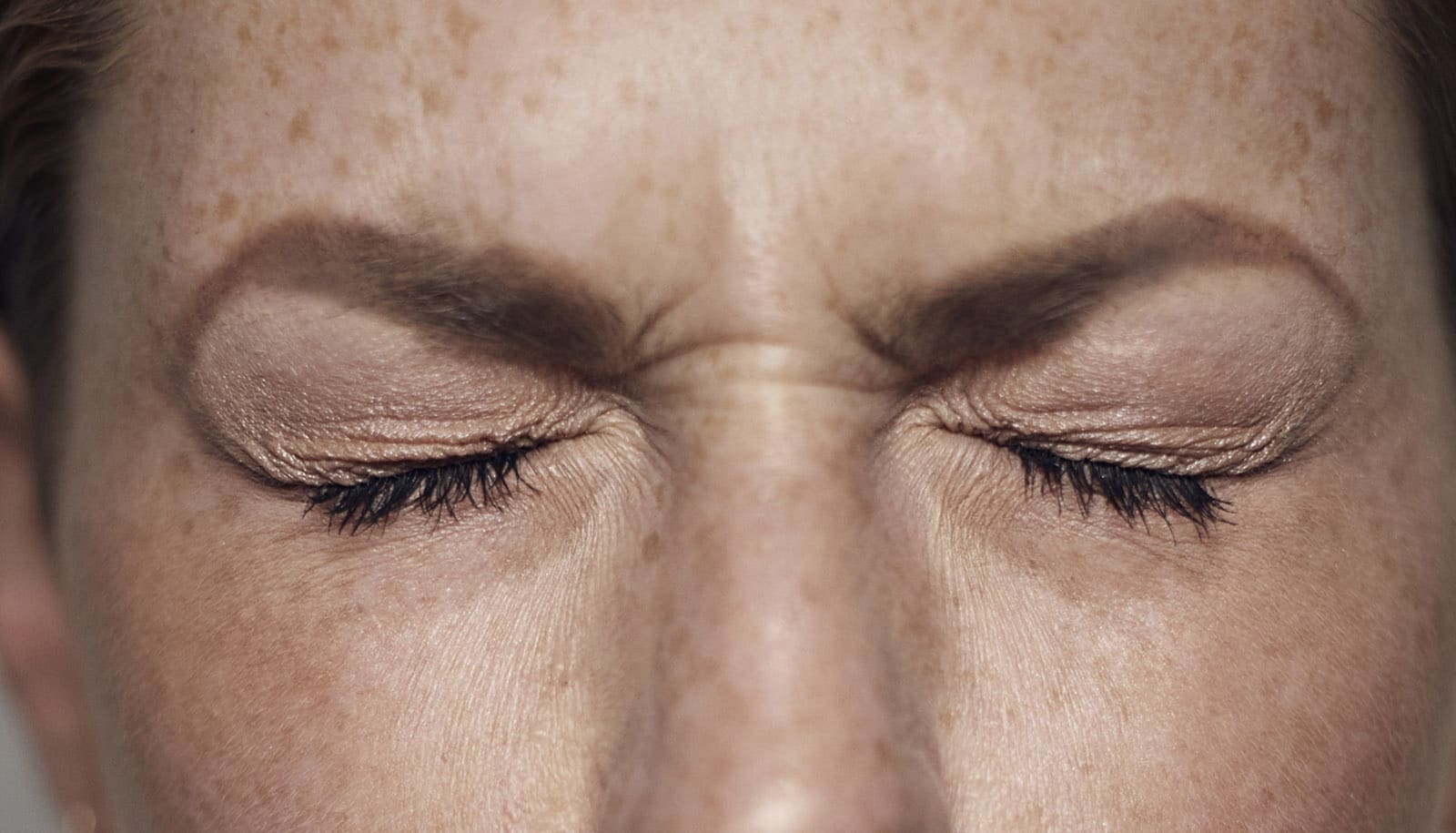Popular TikTok videos related to intrauterine devices (IUDs) tend to depict negative patient experiences related to pain, report researchers.
Some of the videos conveyed unreliable information about the contraceptive devices, as well, according to the study.
Duke Health researchers Jonas Swartz, an assistant professor, and Jenny Wu, a resident, both in the department of obstetrics and gynecology at Duke University School of Medicine, led a study of TikTok published in the journal Obstetrics & Gynecology.
The researchers used a web application to download and compile information on the top 100 most viewed TikTok videos tagged #IUD. These videos often portrayed personal experiences with IUDs.
Of the videos analyzed, 37.8% had a negative tone, 19.4% had a positive tone; 27.6% mentioned a distrust of healthcare professionals, and 24.4% contained moderately or highly inaccurate scientific claims.
“Many patients are getting information about reproductive health from TikTok so, as a clinician, it’s eye-opening to see that a majority of videos had a negative narrative,” Swartz says. “I want my patients to get a full spectrum of information but also accurate information.”
The most common topic covered in patient experience videos was IUD insertion and removal, where patients often highlighted negative experiences with pain control, felt they didn’t have adequate anesthesia, and experienced side effects.
“For healthcare professionals, knowing what patients see on TikTok can be key in dispelling misinformation and setting expectations when it comes to patient care. Now I almost always ask my patients, ‘did you watch videos on TikTok’ because it helps me tailor my counseling,” Swartz says.
“I don’t want getting an IUD to be a traumatic experience for patients,” Wu adds. “I recognize that pain—particularly pain related to pelvic exams—is complex, influenced by many factors, and different for every person. That’s why it’s important to me that our patients, especially our young patients, be able to trust their gynecologists.”
The study received funding support from the National Institute of Child Health and Human Development of the US National Institutes of Health.
Source: Duke University

